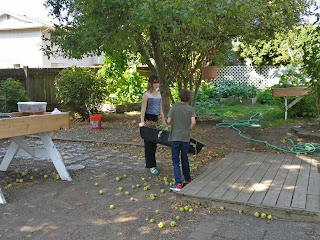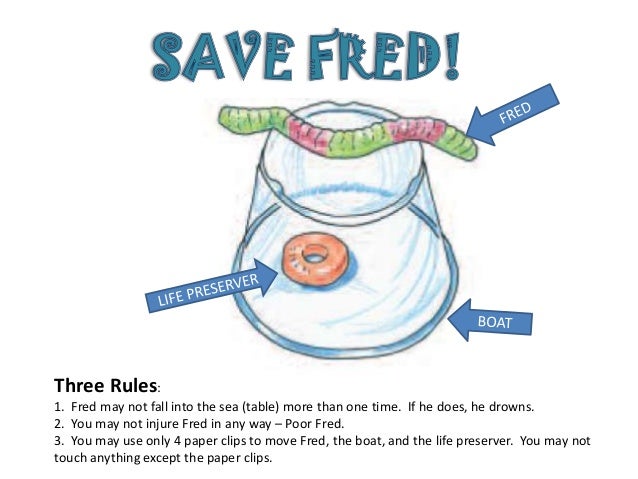One of our topics this year is engineering. This week we started our first engineering challenge by posing a question to our classes. How tall of a tower can you build using only paper and glue sticks.
They met the challenge with excitement but with varied success.
The approaches were very different as well. Some took the approach of a base with round towers, drawing on traditional architecture.
Some tried organic shapes, crushed together and then adhered in a line.
Others tried geometric shapes to work like building blocks.
But some, took an artistic approach.
After the construction stage, we measured each free standing object. We had one clear winner. Oddly enough it was the one who had taken the more artistic approach.
The quick second was a team using simple flat, wave shaped paper to stack.
We plan to continue this challenge. Each time changing the parameters and materials. Pairing these challenges with our in class lessons about traditional engineering discoveries should give us evidence of the student's growth in understanding how the building process works.
This process is part of our connection with the Washington Next Generation Science Standards.
Students who demonstrate understanding can:
| ||||





















































